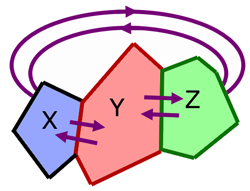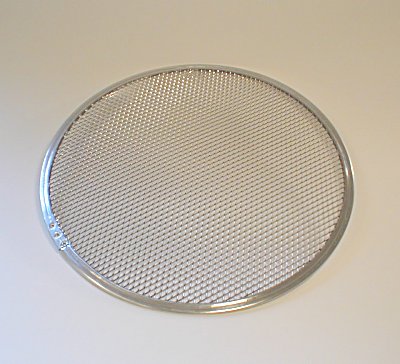Zeroth Law of Thermodynamics
This one starts with some science and ends with some pizza.
What in the world is the Zeroth Law of Thermodynamics?
Based on experimentation and theory, physicists established three laws of thermodynamics that govern the relationships between heat and work and establish other discrete variables that describe these things. It sounds confusing. Well it is, and any junior chemistry major will tell you that the semester in which they deal with this stuff is brutal.
I’m here talking about the zeroth law. Basically, years after they came up with the first three laws, some other physicists decided that another law was required to understand the other three. But since those were already established as 1, 2, and 3, they called it the zeroth law. And it’s quite simple, if X touches Y and Y touches Z, then X and Z are in thermal equilibrium. This establishes the concepts of temperature and heat which I’d say are pretty integral to science and real life.
But I promised pizza.
You ever walk into a pizzeria that smells amazing, order a slice of pizza, look at the bottom of a slice of pizza, and see a diamond shaped pattern on the bottom? You know, like when you buy a pizza from the freezer at the supermarket?
That’s from using a screen-like device to cook pizzas, and lots of places use it.
Fellow All Over Albany pizza judge, Daniel B. has said his piece about pizza screens, but I’m going to put it into a little more of a scientific perspective, and offer the good and the bad of this device.
I’ll say it right up front, for the end user (i.e. the person eating the pizza), there is little to no benefit.
From the perspective of making the pizza, this thing is great. For starters, if you buy just the right pizza screen, you’ll make a pizza that fits in boxes every time. Also, since the floury crust never actually touches the oven, cleanup is a breeze. The holes in the screen create areas where convection can occur, and the dry heat of the air that is within these holes will cook the dough, presumably resulting in something crispy.
Another advantage, and this is where the zeroth law comes in, is getting a uniform bake across the pizza. The surface of most pizza ovens is a stone that gets really hot and is able to retain heat well. Due to proximity to the door and the way the various ovens heat the stone, there are hot spots in the oven. That’s why you’ll see a busy pizzeria rotating the pizzas that are in the oven. Well, since the aluminum is able to conduct heat, putting it between the dough and the stone serves to evenly bake the crust. Logically, you’d think this wouldn’t matter, but just remember, because of the zeroth law, the minor differences in heat dissipated under the different spots of the screen would get averaged out throughout the screen. It makes it fool proof.
But, at the heart of it, seeing the screen marks is a pretty disappointing thing for me. The best pizzas I’ve eaten are imperfect on the bottom; there are distinct areas that are slightly underdone and areas that are charred (not burned). I want it to be imperfectly baked. Otherwise, I’d have purchased a laboratory made pizza.
Science isn’t always good, kids.



Advertisement